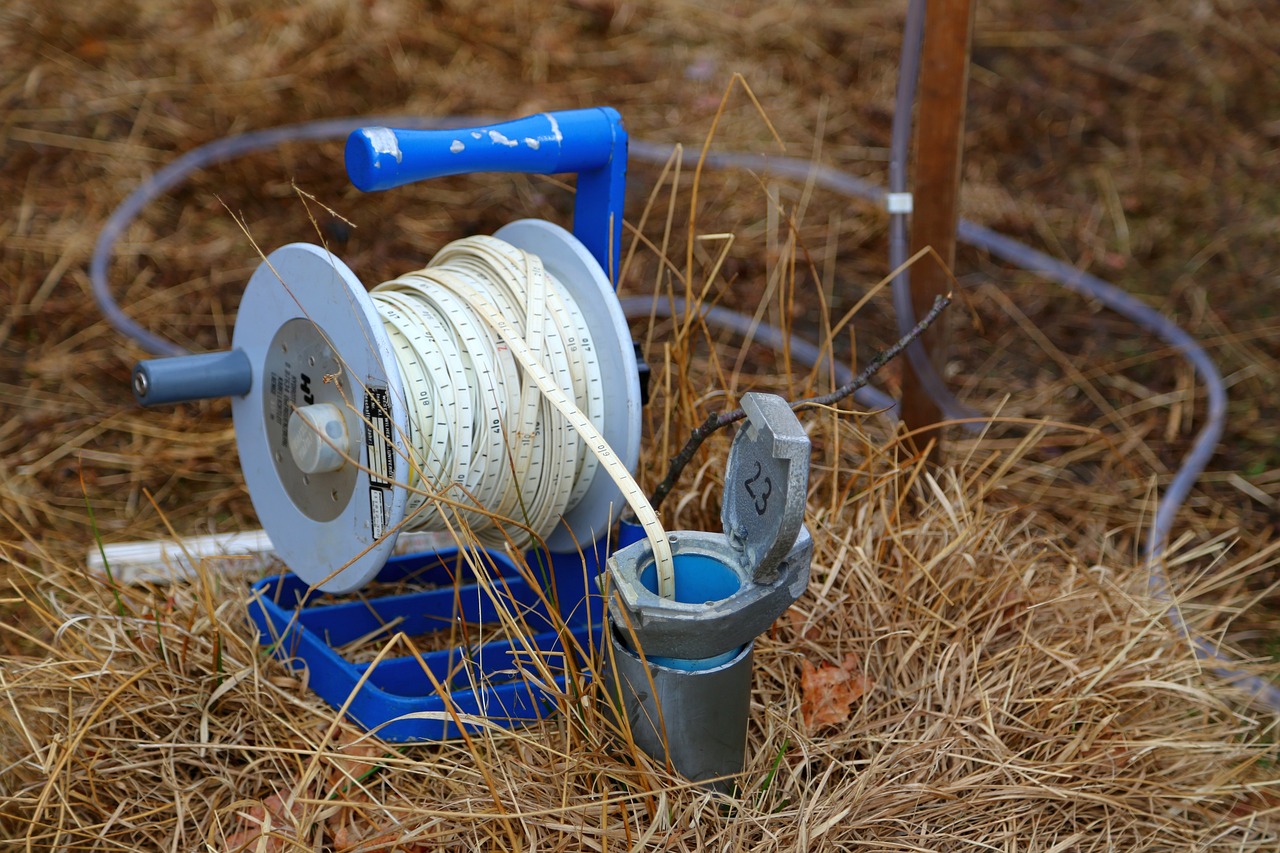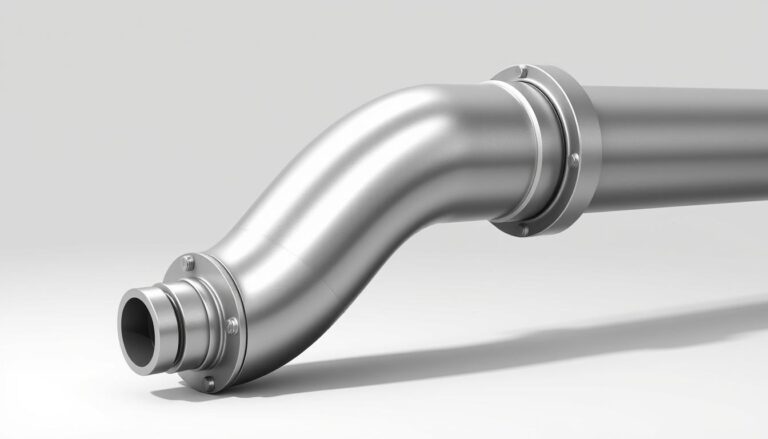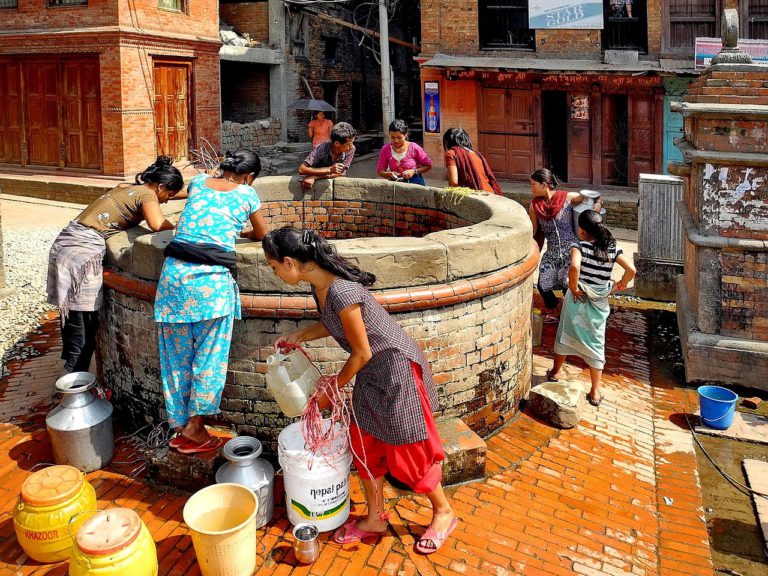Understanding the Well Water Table: A Comprehensive Guide
Welcome to our comprehensive guide to understanding the well water table! Whether you’re a homeowner or simply curious about water sources, you’re in the right place. The well water table plays a vital role in water supply, affecting everything from proper well construction to sustainable usage. In this guide, we’ll simplify complex concepts, explaining what the water table is, how it forms, and factors that influence its depth and fluctuations. We’ll cover it all, giving you insights into how the water table affects your well’s yield and providing practical tips for effective water resource management. Whether you’re planning to drill a new well or seeking knowledge about your water supply, join us as we explore the captivating world of the well water table. Let’s get started!
Importance of understanding the well water table
Understanding the well water table is essential for several reasons. Firstly, it helps in determining the feasibility of drilling a well in a particular location. By studying the local water table, hydrogeologists can assess whether there is enough groundwater available to meet the needs of a well. This information is crucial for homeowners planning to install a well to ensure a reliable and sustainable water supply.
Secondly, knowledge of the well water table enables individuals to manage their water resources effectively. By understanding the depth and fluctuations of the water table, homeowners can make informed decisions about water usage, such as when to water their lawns or gardens. It also helps in preventing over-pumping, which can lead to a decline in the water table and subsequent well yield reduction.
Lastly, understanding the well water table is vital for groundwater conservation. By knowing the factors that affect the water table, individuals can take steps to protect this valuable resource. This includes implementing water-saving measures, practicing sustainable irrigation techniques, and minimizing pollution that can contaminate groundwater.
Factors influencing the well water table
Several factors can influence the depth and fluctuations of the well water table. The first and most significant factor is precipitation. Rainfall and snowmelt replenish the groundwater, causing the water table to rise. Conversely, prolonged periods of drought can lead to a decline in the water table as the demand for groundwater exceeds its replenishment rate.
Geology also plays a crucial role in determining the water table’s characteristics. Different types of rocks and soils have varying permeability, which affects how water moves through them. For example, sandy soils allow water to percolate quickly, resulting in a higher water table. In contrast, clay soils have low permeability, causing water to accumulate near the surface and resulting in a shallow water table.
Topography, or the shape of the land, can also influence the water table. In areas with slopes or valleys, the water table tends to follow the contour of the land. It may be higher in low-lying areas and lower on hillsides. Furthermore, human activities such as irrigation, industrial water usage, and construction can also impact the water table by altering the balance between groundwater recharge and withdrawal.
How to measure the well water table
Measuring the well water table is crucial for understanding its depth and fluctuations. Several methods can be used to determine the water table’s position accurately.
One common method is installing monitoring wells. These are specifically designed wells that are drilled near the location of interest to measure groundwater levels. Monitoring wells consist of a casing with a perforated section that allows water to enter, and a device called a piezometer that measures the water level inside the well. By regularly monitoring the water level in the well, hydrogeologists can track changes in the water table over time.
Another method is using a groundwater level indicator. This handheld device consists of a long tape marked with measurements and a probe that senses the water level. By inserting the probe into a well or borehole, the user can determine the depth to the water table. Groundwater level indicators are convenient for quick measurements but may not provide as accurate or continuous data as monitoring wells.
Advanced techniques such as remote sensing and geophysical surveys can also be employed to map the water table over a larger area. These methods utilize satellite imagery, aerial photography, and ground-based instruments to collect data on groundwater levels. While they require specialized equipment and expertise, they can provide valuable insights into the spatial distribution of the water table.
Understanding the variations in well water table levels
The well water table is not static but undergoes natural variations over time. Understanding these fluctuations is crucial for managing water resources effectively and preventing potential issues.
Seasonal variations are a common occurrence in areas with distinct wet and dry seasons. During the rainy season, the water table tends to rise due to increased groundwater recharge. Conversely, during the dry season, the water table may decline as the demand for water exceeds its natural replenishment rate. These fluctuations can impact well yield and water availability, particularly in areas heavily reliant on groundwater for irrigation or drinking water supply.
Long-term variations in the water table can also occur due to factors like climate change or changes in land use. For example, increased urbanization can lead to higher water demand, which can cause the water table to decline over time. Similarly, changes in climate patterns, such as prolonged droughts or increased precipitation, can affect the water table’s overall depth and stability.
Understanding the variations in the well water table levels allows individuals to adapt their water usage accordingly. It can help in planning for periods of low water availability, implementing water conservation measures, and identifying potential risks such as saltwater intrusion or land subsidence.
Implications of a high well water table
A high well water table can have both positive and negative implications depending on the context. In some cases, a high water table is desirable, especially in areas with limited rainfall or arid climates. It ensures a reliable water source for agriculture, drinking water supply, and ecosystem support.
However, a high water table can also lead to certain challenges. Excessively high groundwater levels can result in waterlogging, where the soil becomes saturated and unable to drain properly. This can adversely affect plant growth, causing root rot and reduced crop yields. Waterlogged conditions can also lead to the buildup of salts and other minerals in the soil, further impacting agricultural productivity.
In residential areas, a high water table can pose structural problems to buildings and infrastructure. It can exert pressure on foundations, leading to cracks, subsidence, and other forms of damage. The presence of groundwater near the surface may also increase the risk of flooding during heavy rainfall events.
Implications of a low well water table
Conversely, a low well water table can also have significant implications. In regions experiencing drought or water scarcity, a declining water table can lead to reduced well yield and limited water availability. This can impact agricultural productivity, causing crop failure and economic losses for farmers.
A low water table can also result in land subsidence. When excessive amounts of groundwater are extracted from the subsurface, the soil and rock layers can compact, leading to sinking or settling of the land surface. Land subsidence can damage infrastructure, including roads, pipelines, and buildings, and increase the risk of flooding in coastal areas.
Furthermore, a declining water table can result in saltwater intrusion. In coastal regions, excessive groundwater withdrawal can create a hydraulic imbalance, allowing saltwater to infiltrate freshwater aquifers. This renders the water unsuitable for drinking or irrigation, further exacerbating water scarcity issues.
Managing the well water table for optimal water supply
Managing the well water table is crucial for ensuring a sustainable and reliable water supply. Here are some practical tips for optimizing water resources:
- Implement water conservation practices: Conserving water is essential for maintaining a healthy water table. Use water-efficient appliances, fix leaks promptly, and practice responsible irrigation techniques such as drip irrigation or mulching.
- Monitor water usage: Regularly monitor water consumption to identify any patterns or excessive usage. This can help in detecting leaks or inefficient water usage and taking corrective measures.
- Recharge groundwater: Implement measures to recharge the groundwater, especially in areas prone to water scarcity. This can include rainwater harvesting, constructing recharge wells, or creating artificial wetlands to promote infiltration.
- Practice crop rotation and appropriate irrigation: In agricultural settings, implementing crop rotation and using appropriate irrigation methods can reduce water demand and minimize the impact on the water table. Avoid over-irrigation and consider using drought-tolerant crops in water-stressed areas.
- Properly maintain wells: Regular maintenance of wells is essential to ensure optimal performance and prevent contamination. Regularly inspect and clean the well, check the pump system, and monitor water quality to safeguard both the well and the water table.
Conclusion
Understanding the well water table is crucial for anyone relying on groundwater as a source of water supply. By comprehending the factors that influence the water table’s depth and fluctuations, individuals can make informed decisions about well construction, water usage, and sustainable management of water resources. Monitoring the water table, understanding its variations, and implementing appropriate measures can help ensure a reliable and sustainable water supply for both present and future generations. So, dive into the fascinating world of the well water table, and gain a deeper understanding of this vital resource that lies beneath our feet.
Sources:







